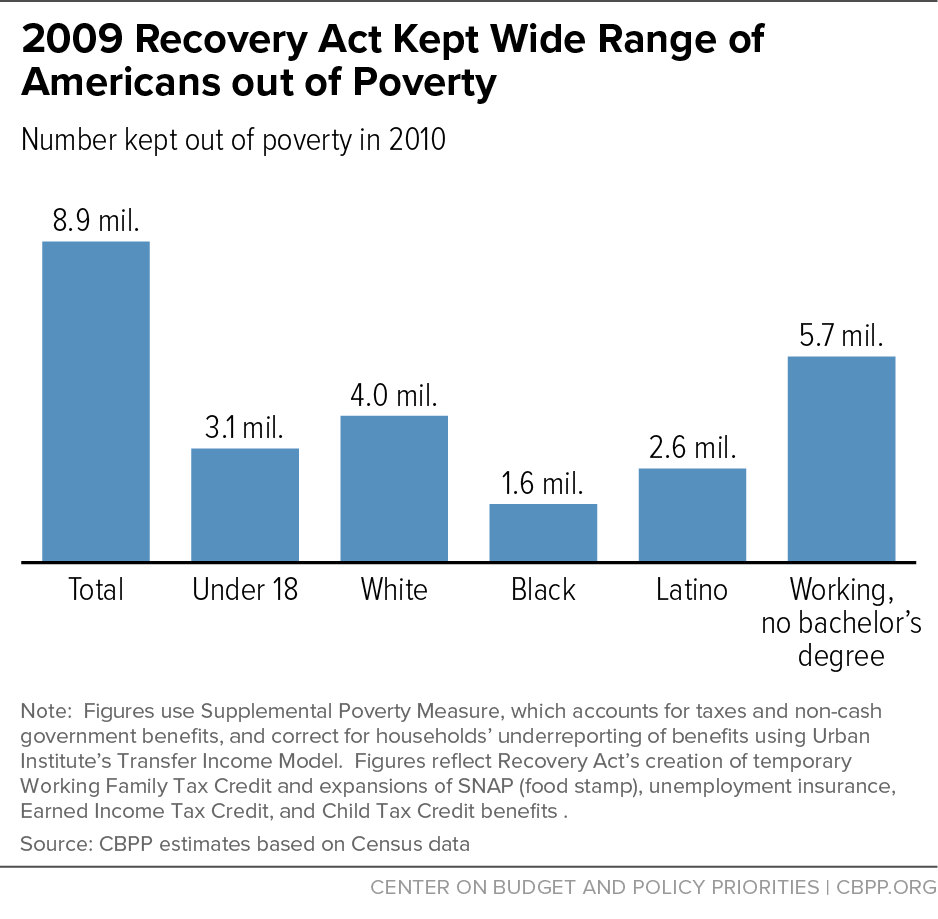Commentary: This MLK Day, Let’s Build on What Works
End Notes
[1] Elizabeth McNichol, “How State Tax Policies Can Stop Increasing Inequality and Start Reducing It,” Center on Budget and Policy Priorities, December 15, 2016, https://www.cbpp.org/research/state-budget-and-tax/how-state-tax-policies-can-stop-increasing-inequality-and-start.
[2] See http://inequality.org/racial-inequality.
[3] Dr. Martin Luther King, Jr., “Negroes Are Not Moving Too Fast,” Saturday Evening Post, http://www.saturdayeveningpost.com/wp-content/uploads/satevepost/19641107-martin-luther-king.pdf.
[4] Arloc Sherman and Danilo Trisi, “Safety Net More Effective Against Poverty Than Previously Thought,” Center on Budget and Policy Priorities, May 6, 2015, https://www.cbpp.org/research/poverty-and-inequality/safety-net-more-effective-against-poverty-than-previously-thought.
[5] Arloc Sherman, “Safety Net Reduces Poverty Now and Promotes Opportunity Over Long Run,” Center on Budget and Policy Priorities, January 7, 2016, https://www.cbpp.org/blog/safety-net-reduces-poverty-now-and-promotes-opportunity-over-long-run.
[6] Will Fischer, “Research Shows Housing Vouchers Reduce Hardship and Provide Platform for Long-Term Gains Among Children,” Center on Budget and Policy Priorities, updated October 7, 2015, https://www.cbpp.org/research/housing/research-shows-housing-vouchers-reduce-hardship-and-provide-platform-for-long-term.
[7] Robert Greenstein, “America’s concern for the poor is about to be tested,” Washington Post, December 26, 2016, https://www.washingtonpost.com/opinions/americas-concern-for-the-poor-is-about-to-be-tested/2016/12/26/1c1c3b2e-c614-11e6-85b5-76616a33048d_story.html?utm_term=.f99bd57cfd2e.
[8] “W.K. Kellogg Foundation and broad coalition announce National Day of Healing on Jan. 17, 2017,” https://www.wkkf.org/news-and-media/article/2016/12/wk-kellogg-foundation-and-broad-coalition-announce-national-healing-day-on-january-17-2017.


